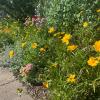Cape Cod, Massachusetts, is known for its whale watching, seafood, and miles of picturesque sandy coastline, but a community in one popular tourist town is looking to expand what Cape Cod has to offer by bringing agriculture back to the area.
Putnam Farm in Orleans, MA, had been farmed for hundreds of years. In the mid-twentieth century, the farm was sold and excavated for fill to establish a rotary over marshland. The aftermath left the 14-acre site as a large basin, high enough above the water table to make agriculture feasible. In 2011, the Town of Orleans purchased the property to preserve it as a permanently protected open space for conservation, agriculture, and passive recreation under the care of the Orleans Conservation Commission.
Restoring the site has been an uphill battle. The mining operation degraded soil structure and fertility. Invasive and aggressive woody species thrived in these disturbed habitats and displaced native species throughout the property. The community behind Putnam Farm has been working hard to remove invasives, plant native species, and establish cover crops to build soil health. For them, these challenges were worth addressing for their community and wildlife populations.
Rick Francolini is an agricultural and environmental advocate for Putnam Farm who contacted the Xerces Society for technical assistance in restoring the condition of the site for pollinators and beneficial insects. “For the first decade or so, the restoration progressed slowly. Now, momentum is strong, and interest is high,” says Rick. “Putnam’s unique offering has become a magnet for agriculturally-inclined residents throughout the region… Putnam Farm has demonstrated that thriving communities can be built around a shared passion for agriculture and environmental stewardship.”
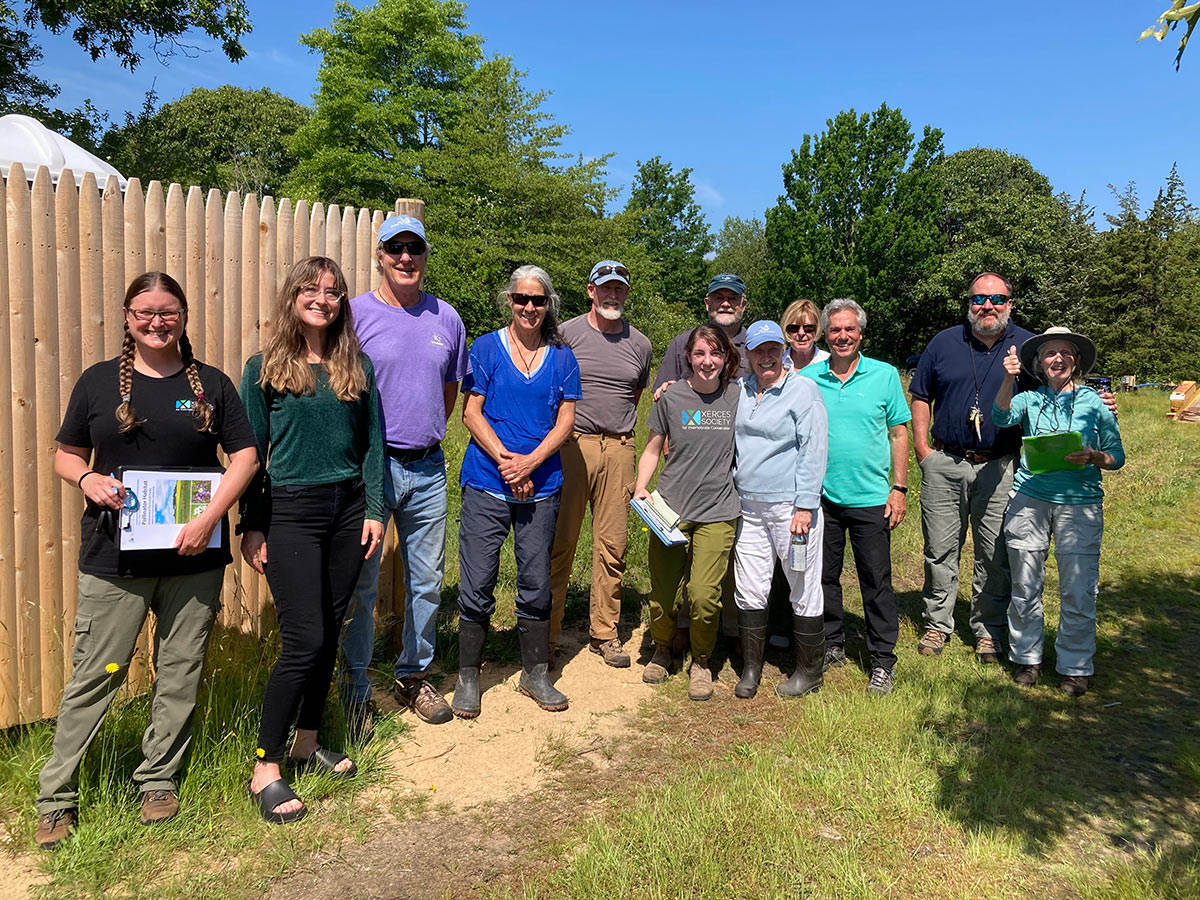
Bringing a community together with agriculture
Since its acquisition by the town of Orleans, Putnam Farm Conservation Area has established twelve 3,500-square-foot plots of land on which community members can lease and farm. The collection of plots has created space for experienced and new farmers to share wisdom, products, seeds, and equipment. Soon, Putnam Farm will expand agricultural opportunities by creating more farm plots to grow their farming community.
Molly of Gibbous Moon Garden shares their plot to grow vegetables and herbs with family and friends. Molly sees the opportunity to farm as much more than food production. “We like to say that we also ‘grow humans’ because we are committed to helping adults and children learn how to grow their own food,” says Molly. “That is why our garden is in the shape of a circle - because this is where we gather as a community.”
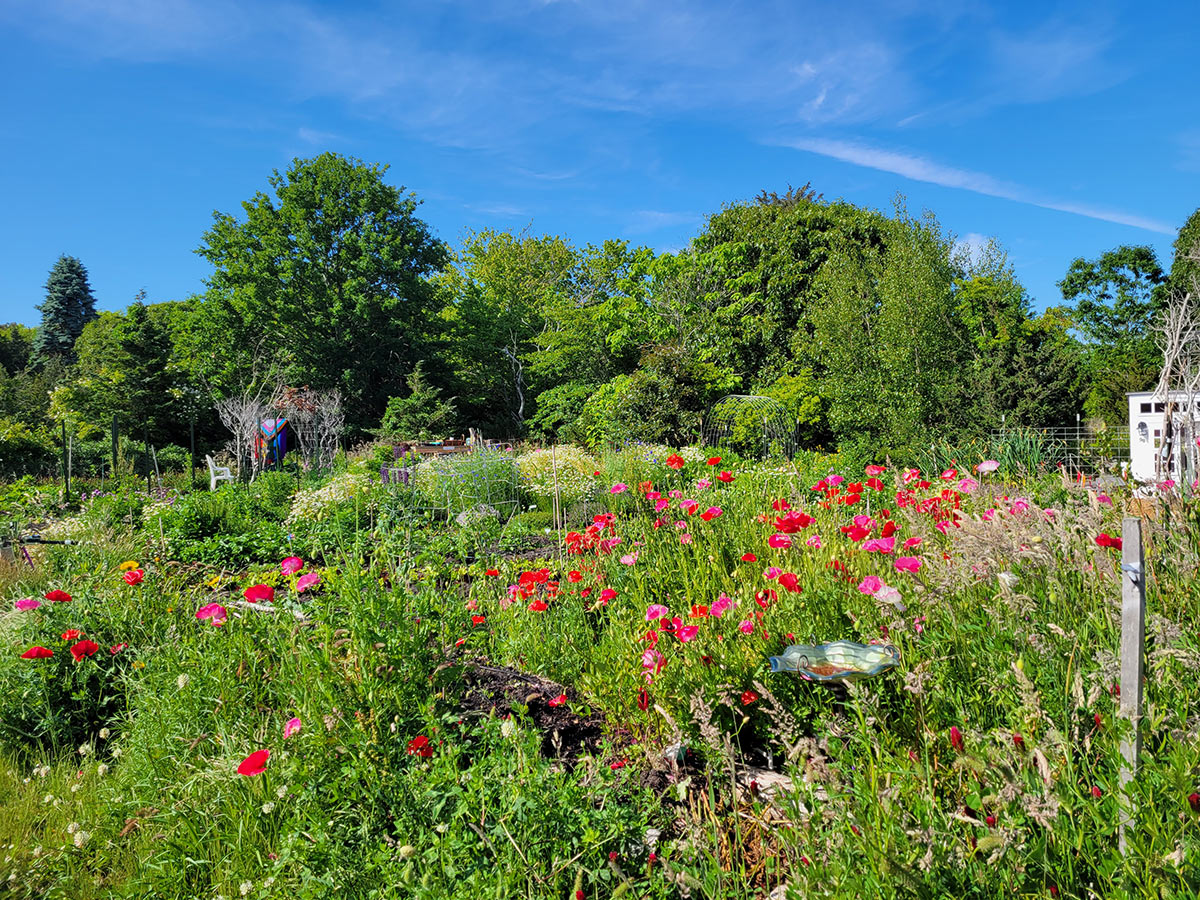
Going above and beyond for wildlife
At the forefront of Putnam Farm’s purpose is environmental stewardship. Protecting the property's natural resources is considered indispensable to sustaining agricultural productivity and the site's health for future generations. Rick adds, “All plots are managed organically, and partnerships currently exist with the Natural Resource Conservation Service (NRCS), Mass Audubon, The Orleans Conservation Trust, and the Xerces Society. All are working to achieve environmentally-driven objectives that support the agricultural mission of the property.”
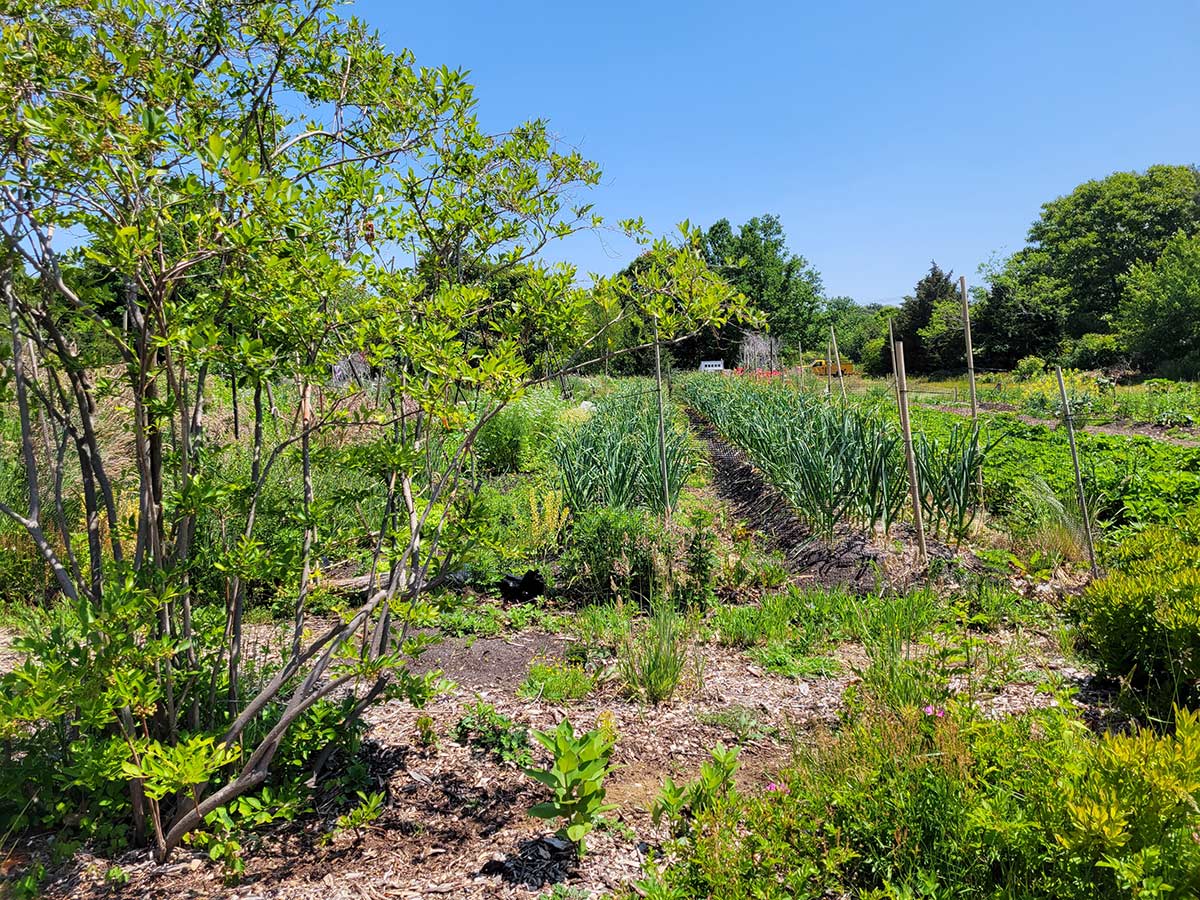
The farmers of Putnam Farm also recognize the importance of employing practices that improve the condition of the land for wildlife to sustain agricultural productivity. Natalia, also of Gibbous Moon Garden, shares, “Child or adult, when we are there we are all constantly learning — both with and from each other — on how to best care for the land in a sustainable and regenerative way — prioritizing native plantings, pollinators and perennials on the borders of our plot, using companion plantings such as marigolds, chives and nasturtium to keep away pests, and utilizing compost, mulching, crop rotation and cover crops to keep the soil healthy and thriving.”
Beyond agriculture, Putnam Farm is also working to protect quintessential Cape Cod ecosystems like pitch-pine and scrub oak shrubland and restore pre-existing wetland and grassland habitat that has declined in quality due to aggressive woody invasive species. Two wetlands are of particular focus to restore their benefit to facilitating processes like water filtration, carbon sequestration, and flood mitigation while improving conditions for wildlife. Removing invasive species and selecting flowering wetland species will provide critical foraging habitat for pollinators and other wildlife. Adding non-flowering native grasses and sedges will provide structure in the wetland and serve as critical nesting habitat for many species.
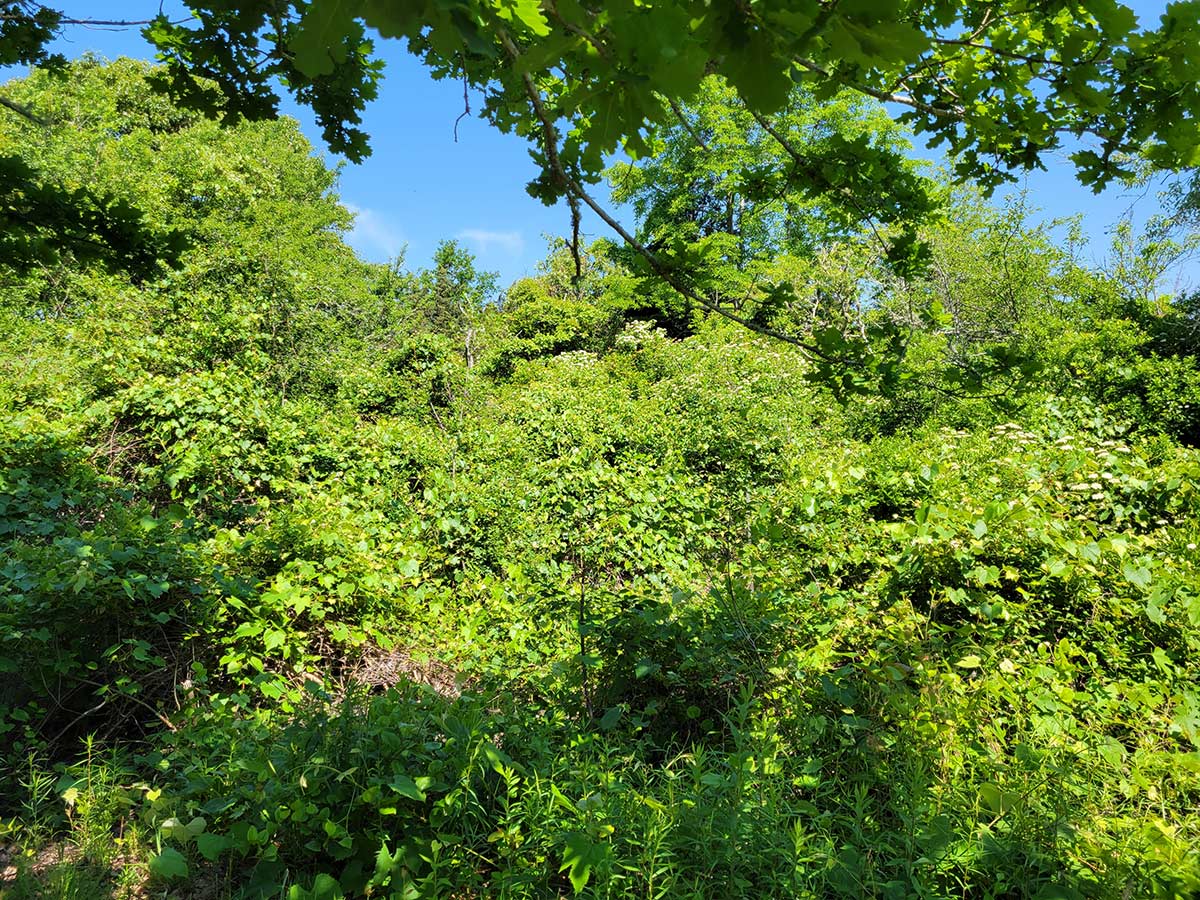
I cannot wait to see what Putnam Farm does next! They demonstrate the power of community-driven conservation and will inspire others to take leaps for wildlife. So, on your next trip to Cape Cod, consider taking a break from the beach to see conservation in action at Putnam Farm!


